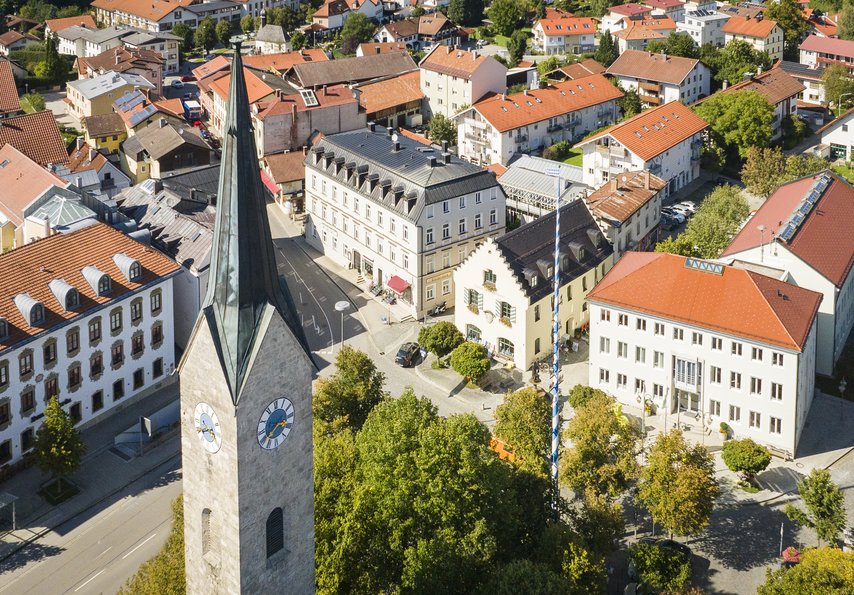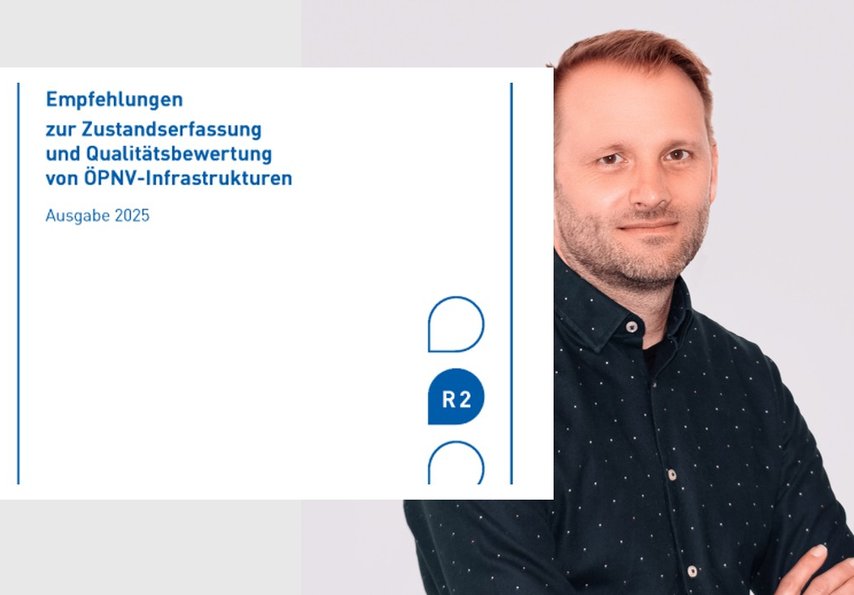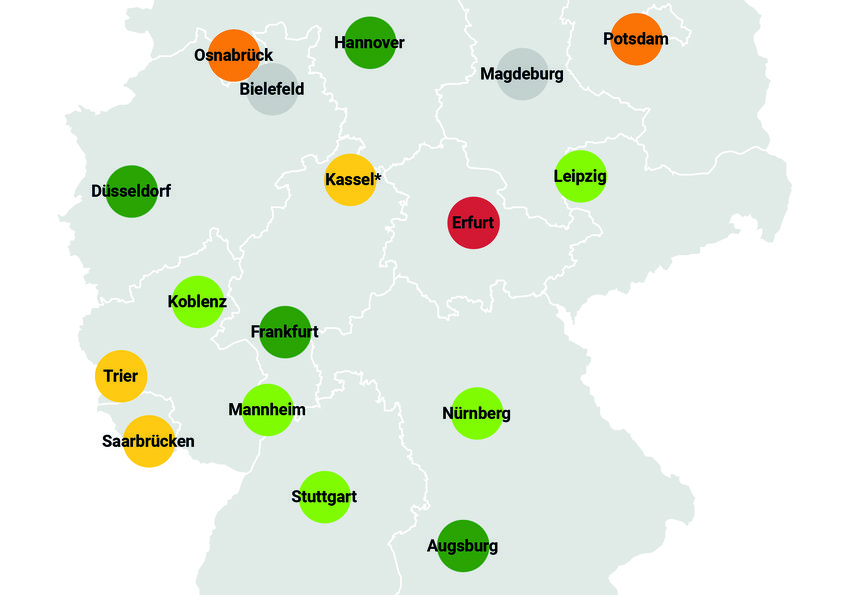Pioneering project in Ethiopia's capital completed - Addis Ababa City Smart Mobility 2025
It is one of the largest smart mobility projects in the world: together with our partner GRE German Rail Engineering, we planned the traffic optimisation for Ethiopia's capital Addis Ababa. The design of the major project was completed and handed over to the customer in December 2023.
On behalf of the Addis Ababa City Roads Authority (AACRA), GRE and PB CONSULT developed the design and the Intelligent Transport System (IST) for over 20 kilometres of road in the Ethiopian capital. The project was financed by the World Bank and is one of the largest smart mobility projects in the world.
According to current estimates, around six million people live in the city centre of Addis Ababa; if the surrounding area is included, the figure is estimated to be eleven million. The urgent need to improve the flow of traffic in the city is illustrated by the description of our colleague Gary Harris, our traffic engineer in charge. "At the start of the project, we counted 57 junctions with traffic lights, of which perhaps 40 traffic lights were working - and these are not centrally controlled. As a result, road traffic in Addis Ababa is chaotic and very dangerous for anyone travelling on foot, and there are no cycle paths at all," Harris continues. "The aim of our project was to optimise traffic flows in the relevant main directions and then to provide an integrated transport system by being able to control the traffic lights that we build via a traffic control centre."
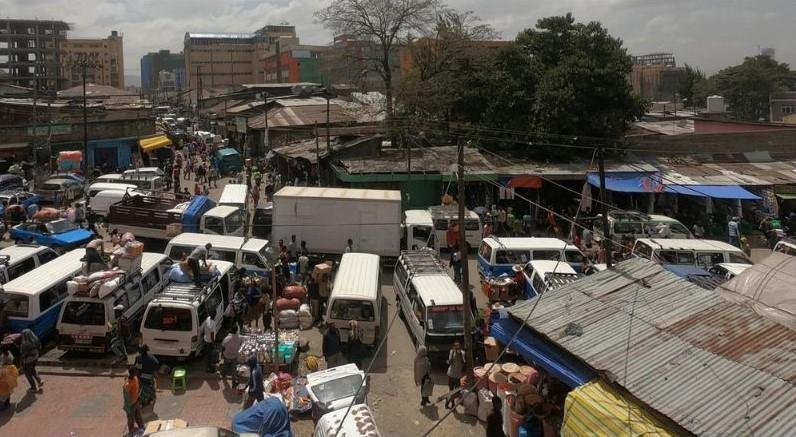
Simulation of better traffic quality
The team designed a total of 215 junctions, drew up layout plans for ITS signals and planned more than 20 kilometres of corridors. Before the concept was created and modelled, a major survey programme was launched. For one year, 215 different junctions and five so-called corridors were analysed, with up to five cameras required for some junctions.
"With the help of these recordings, traffic counts and the determination of peak traffic times, we were able to create models of the current situation using the PTV Vistro software. In the next step, we then used LISA to model how traffic should ideally flow in Addis Ababa in order to ensure better traffic quality in the city," explains Gary Harris. PTV Vissim was then used to simulate complicated junctions, such as signalised roundabouts, in order to demonstrate their operation.
What does better traffic quality mean? "For example, more turning lanes to improve turning traffic, more continuous lanes to optimise the flow through the corridor and, of course, the planning of cycle and pedestrian paths." There are basically no cyclists in Addis Ababa's traffic, and the roads are barely passable for women, children and the elderly," adds Thomas Eckart, GRE's Managing Director.
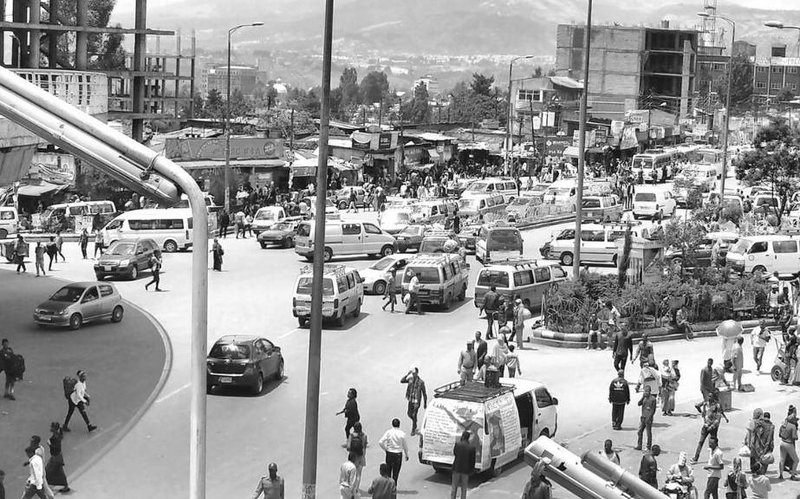
Patience and staying power were required
"With the outbreak of the coronavirus pandemic in March 2020, we were no longer able to travel to Addis Ababa, which made our work considerably more difficult," explains Thomas Eckart. During the pandemic, there was also a change of government in Ethiopia, which meant that the management teams in the authorities were also replaced and there were new contacts for the project team. Not only because of this, but also because of the large number of stakeholders involved, the employees needed a lot of patience and staying power.
"We had to wait a year and a half for the permits alone," explains Eckart. The granting of rights of way by another responsible authority or issues relating to the purchase of additional land to extend the roads also led to frequent design changes. "Then there were unexpected changes because a bridge was suddenly built without consultation, which had not been mentioned before. As a result, we had to completely redesign another junction, for example," says Gary Harris, describing one of the many challenges. The team finally received the final approvals in March 2023.
Thomas Eckart and Gary Harris were delighted that they were able to submit the final design, including schedules, lighting plans, environmental and social impact assessments and the planning of a cycle path network, in December 2023. The construction phase of the first commissioned four and a half kilometre long corridor and the traffic control centre started in January 2024 and is scheduled for completion in 2025.
Smart Mobility Insights
More news about:
Smart Mobility